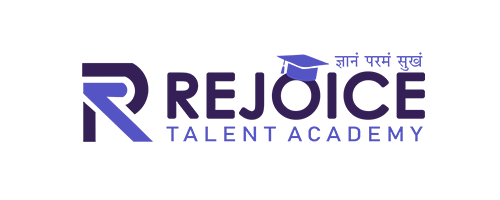

Search Engine Optimization
SEO stands for “search engine optimization.” It is the process of improving your website to increase visitors from Google, Microsoft Bing and other search engines, whenever people search for: Products you sell. Services you provide. Information on topics in which you have expertise or experience. The better visibility your pages have in search results, the more likely you are to be found and visited. This introductory guide will explain in more detail what SEO is and what it entails in 2024. Technology is constantly evolving, which means that websites – and the way they are structured – evolve. So do the devices we use to access search engines. A web search can be voice activated and a click may be a tap on a mobile phone screen. Even the results we see from our search engine of choice may be summarized by artificial intelligence (AI). We will explain all these different aspects of SEO as well as provide resources for your continued learning.









